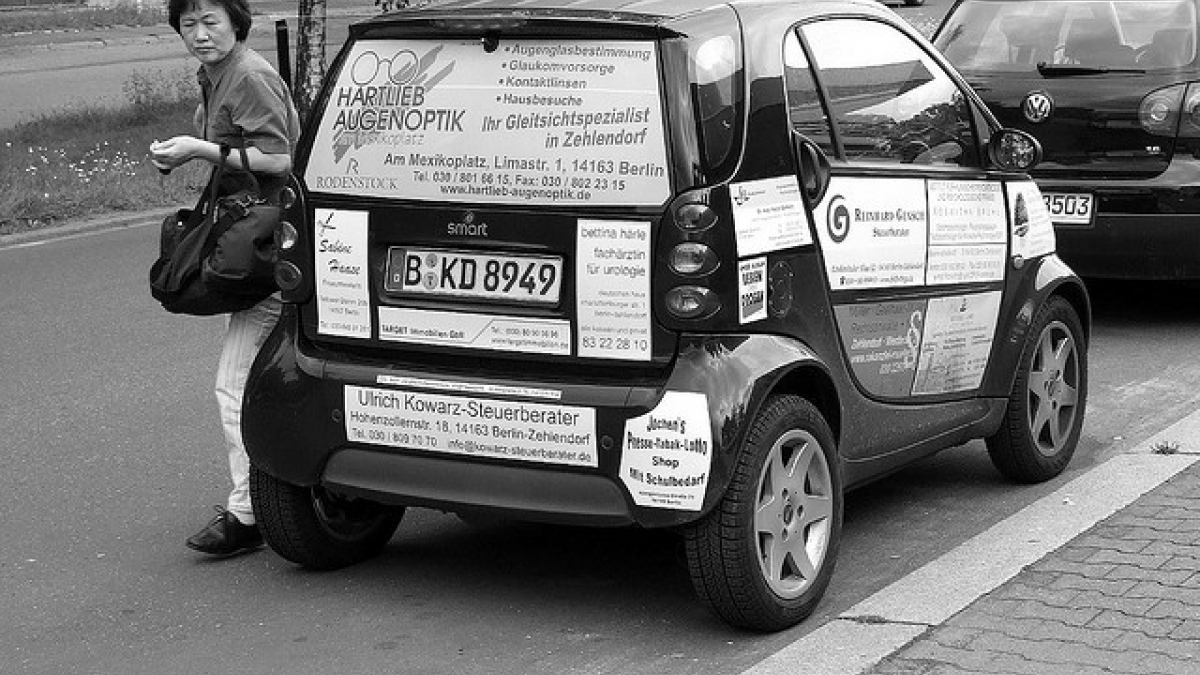
Why Traditional Advertising Tactics are Ineffective
Oftentimes when a company is creating a website for the first time, it generates something known as “brochureware,” an online collection of pages about the organization, its products, services, contact information, etc. In the early days of company websites “brochureware” were highly (if not exclusively) used. Typical brochureware sites do little to attract visitors and engage them. While product pages may have important information, if you don’t get people to the site in the first place, no one will ever read about you.
Eventually, website owners realized they needed to actually market their website in order for it to be effective. This primarily occurred through advertising, including traditional channels such as print ads, TV, radio or billboards, as advertising was all they knew. They may have even mixed in some online advertising such as banner ads and paid search. Website owners were often shocked by how much money they spent and how little traffic their ads produced.
In the 21st century, advertising has become woefully ineffective. There are numerous reasons for this:
- Ads = noise: Every day, we are assaulted with hundreds of ads. To survive and remain sane, we humans have developed a keen ability to tune them out. Anything that resembles an advertisement is systematically ignored by our 21st century brains. The advertising success formula of interrupt and repeat has cannibalized itself into oblivion.
- Media dilution: Years ago, there were three main television networks to watch. Now people can select from hundreds or even thousands of channels. And while TV remains one distraction, our attention is now split between texting, surfing the web, IM-ing friends, Facebooking, Tweeting, and so on. We are multi-tasking wonders, able to switch attention at a moment’s notice to whatever thing we find most interesting. Ads are rarely that thing.
- Ad blocking: Almost everyone now has TiVo, satellite radio, online ad blocking software, etc. We have a wealth of technology available to help us remove or bypass commercials altogether, and we are often willing to pay a premium to do so.
- People no longer (solely) trust company branding: The industrial revolution created an explosion of products in the 20th century. Advertising reigned supreme to help people sort through it all and know what to buy. But brands were not always honest. One day they told us how amazing they were, the next they were out of business. Today the web connects potential customers with existing customers so they don’t have to listen to polished, self-serving corporate communications; instead, they listen to each other.
- Return On Investment (ROI) is increasing in importance: It can be very difficult to tie specific sales dollars to traditional marketing efforts. How many products did you sell as a result of a recent billboard or radio spot? For some businesses, every dollar for marketing needs to count and it can be a challenge to show a direct link in profits with traditional advertising. However, with website analytics website owners now have access to real data on the traffic coming to their website (and who is purchasing).
Paul Adams, Facebook’s Global Brand Experience Manager, claims that in order to really reach today’s consumers, companies and brands need to build relationships with them. He says, “Marketers should be progressive rather than aggressive.” Gone are the days of simply grabbing the attention of consumers with disruptive ads. Going forward, the best way to introduce a new product or service will be naturally and subtly through personal interactions.
Photo courtesy of Fronx.

